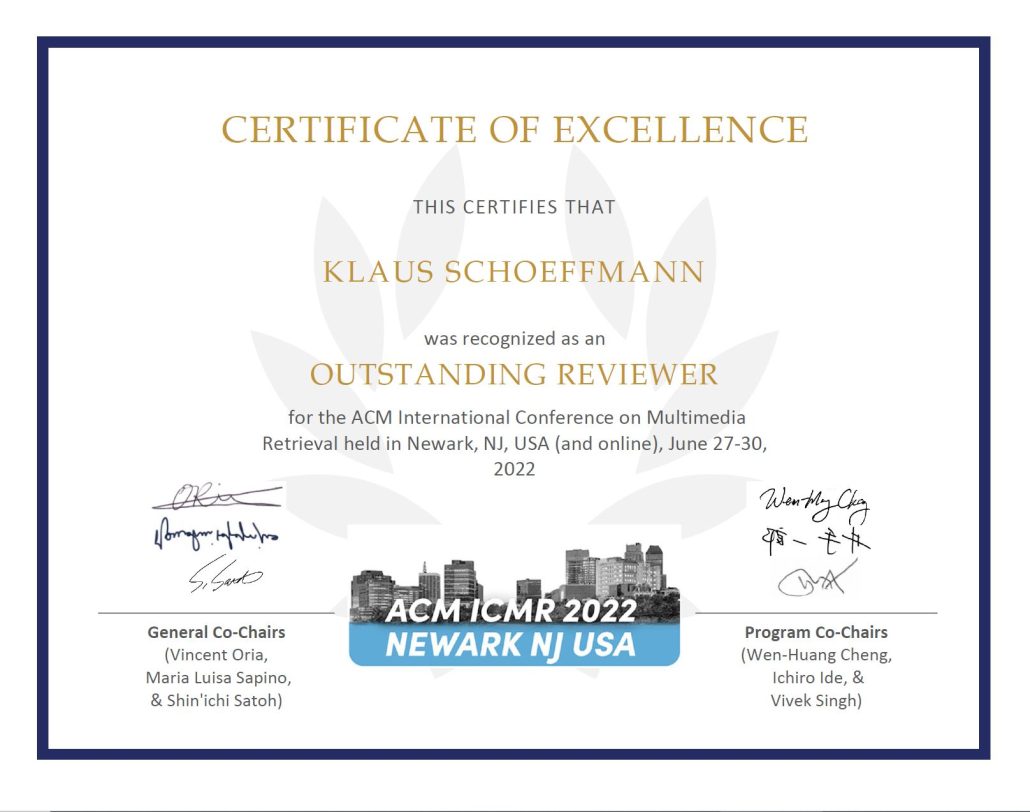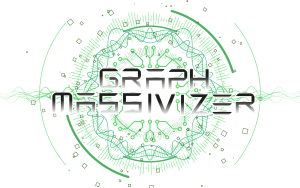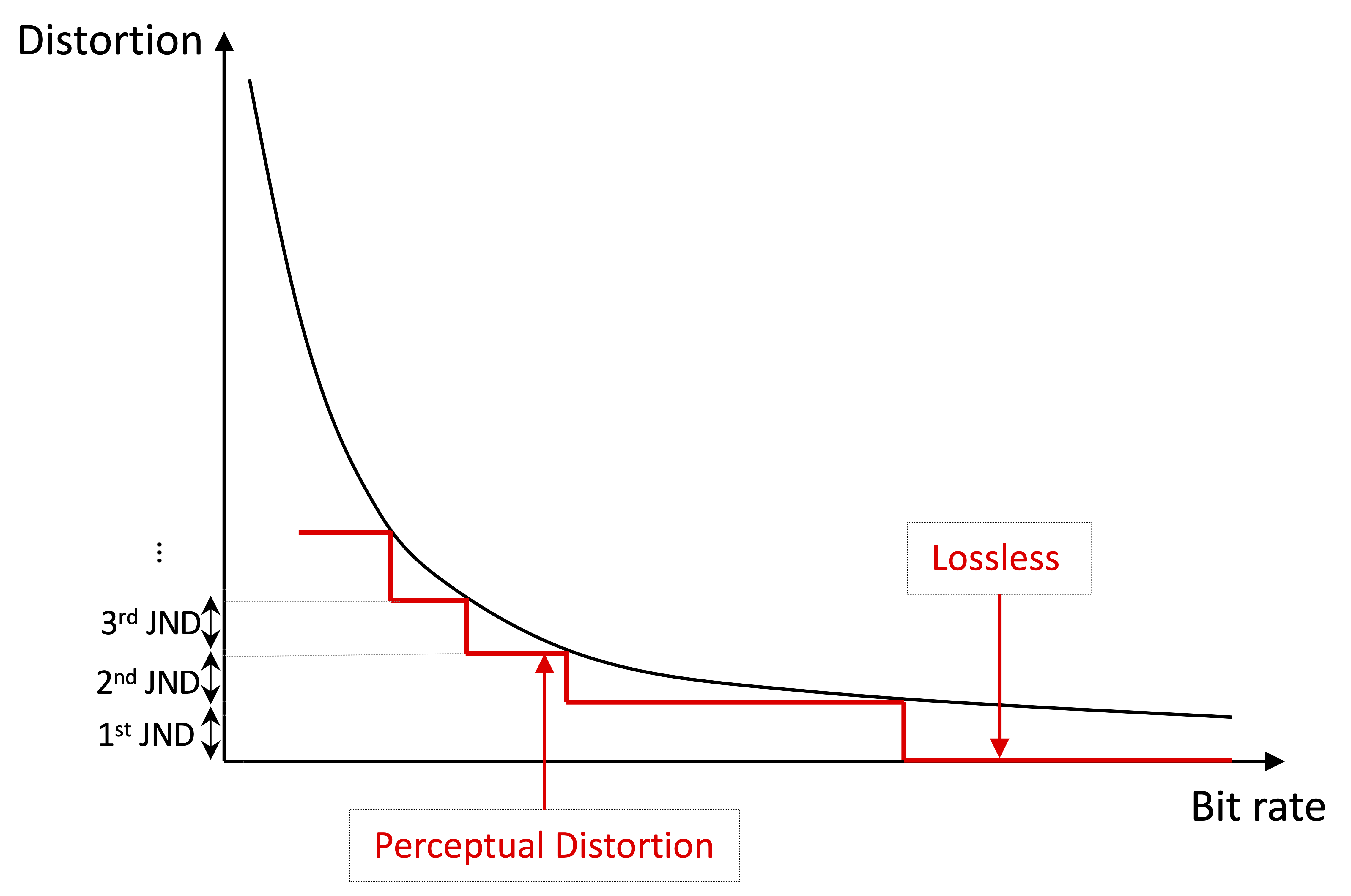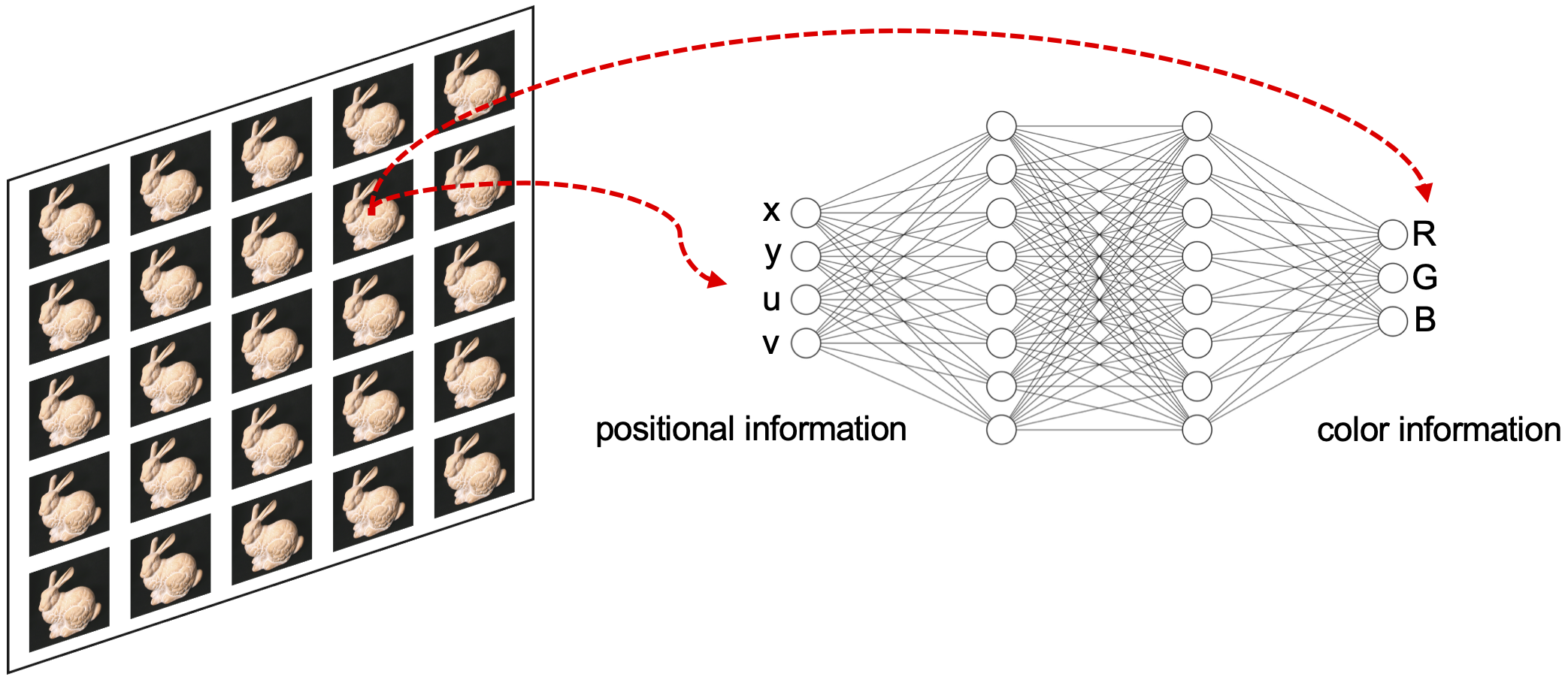 For the quality and timeliness of his reviews, Klaus Schöffmann has been awarded with the Outstanding Reviewer Award at the ACM International Conference on Multimedia Retrieval (ICMR) 2022, which was held at Newark, NJ, USA in June 2022.
For the quality and timeliness of his reviews, Klaus Schöffmann has been awarded with the Outstanding Reviewer Award at the ACM International Conference on Multimedia Retrieval (ICMR) 2022, which was held at Newark, NJ, USA in June 2022.
 For the quality and timeliness of his reviews, Klaus Schöffmann has been awarded with the Outstanding Reviewer Award at the ACM International Conference on Multimedia Retrieval (ICMR) 2022, which was held at Newark, NJ, USA in June 2022.
For the quality and timeliness of his reviews, Klaus Schöffmann has been awarded with the Outstanding Reviewer Award at the ACM International Conference on Multimedia Retrieval (ICMR) 2022, which was held at Newark, NJ, USA in June 2022.
Project lead/coordination: Radu Prodan
Project partners: IDC Italia, Peracton Limited, Institut Jozef Stefan, Sintef, Universiteit Twente, metaphacts GmbH, Vrije Universiteit Amsterdam, Cineca, Event Registry, Università di Bologna, Robert Bosch GmbH
Abstract: Graph-Massivizer researches and develops a high-performance, scalable, and sustainable platform for information processing and reasoning based on the massive graph representation of extreme data. It delivers a toolkit of five open-source software tools and FAIR graph datasets covering the sustainable lifecycle of processing extreme data as massive graphs. The tools focus on holistic usability (from extreme data ingestion and massive graph creation), automated intelligence (through analytics and reasoning), performance modelling, and environmental sustainability tradeoffs, supported by credible data-driven evidence across the computing continuum. The automated operation based on the emerging serverless computing paradigm supports experienced and novice stakeholders from a broad group of large and small organisations to capitalise on extreme data through massive graph programming and processing. Graph Massivizer validates its innovation on four complementary use cases considering their extreme data properties and coverage of the three sustainability pillars (economy, society, and environment): sustainable green finance, global environment protection foresight, green AI for the sustainable automotive industry, and data centre digital twin for exascale computing. Graph Massivizer promises 70% more efficient analytics than AliGraph, and 30% improved energy awareness for ETL storage operations than Amazon Redshift. Furthermore, it aims to demonstrate a possible two-fold improvement in data centre energy efficiency and over 25% lower GHG emissions for basic graph operations. Graph-Massivizer gathers an interdisciplinary group of twelve partners from eight countries, covering four academic universities, two applied research centres, one HPC centre, two SMEs and two large enterprises. It leverages world-leading roles of European researchers in graph processing and serverless computing and uses leadership-class European infrastructure in the computing continuum.

Kevin Theuermann (TU Graz) defended his theses on July 12, 2022.
Title: Trustworthy Service Composition Systems for E-Government
Prof. Radu Prodan was integrated as an external expert to survey the thesis and discuss it with the candidate as part of the defense.

14th International Conference on Quality of Multimedia Experience (QoMEX)
September 5-7, 2022 | Lippstadt, Germany
Hadi Amirpour (Alpen-Adria-Universität Klagenfurt), Raimund Schatz (AIT Austrian Institute of Technology, Austria), and Christian Timmerer (Alpen-Adria-Universität Klagenfurt)
Abstract: We currently witness the rapidly growing importance of intelligent video streaming quality optimization and reduction of video delivery costs. Per-Title encoding, in contrast to a fixed bitrate ladder, shows significant promise to deliver higher quality video streams by addressing the trade-off between compression efficiency and video characteristics such as resolution and frame rate. Selecting encodings with noticeable quality differences in between prevents the construction of an inefficient bitrate ladder that suffers from too similar quality representations. In this respect, the VMAF metric represents a promising foundation for bitrate laddering, as it currently yields the highest video quality prediction performance. However, the minimum noticeable quality difference, referred as to just-noticeable-difference (JND), has not been properly validated for VMAF yet, with existing sources proposing highly diverse ΔVMAF step sizes ranging from two to six.

10th European Workshop on Visual Information Processing (EUVIP)
September 11-14, 2022 | Lisbon, Portugal
Hadi Amirpour (Alpen-Adria-Universität Klagenfurt), Christine Guillemot (INRIA, France), and Christian Timmerer (Alpen-Adria-Universität Klagenfurt)
Abstract: Light fields are typically represented by multi-view images and enable post-capture actions such as refocusing and perspective shift. To compress a light field image, its view images are typically converted into a pseudo video sequence (PVS) and the generated PVS is compressed using a video codec. However, when using the inter-coding tool of a video codec to exploit the redundancy among view images, the possibility to randomly access any view image is lost. On the other hand, when video codecs independently encode view images using the intra-coding tool, random access to view images is enabled, however, at the expense of a significant drop in the compression efficiency. To address this trade-off, we propose to use neural representations to represent 4D light fields. For each light field, a multi-layer perceptron (MLP) is trained to map the light field four dimensions to the color space, thus enabling random access even to pixels. To achieve higher compression efficiency, neural network compression techniques are deployed. The proposed method outperforms the compression efficiency of HEVC inter-coding, while providing random access to view images and even pixel values.

Title: MCred: Multi-Modal Message Credibility for Fake News Detection using BERT and CNN
Journal: Journal of Ambient Intelligence and Humanized Computing
Authors: Pawan Kumar Verma, Prateek Agrawal, Vishu Madaan, Radu Prodan
Abstract:
Online social media enables low cost, easy access, rapid propagation, and easy communication of information, including spreading low-quality fake news. Fake news has become a huge threat to every sector in society, and resulting in decrements in the trust quotient for media and leading the audience into bewilderment. In this paper, we proposed a new framework called Message Credibility (MCred) for fake news detection that utilizes the benefits of local and global text semantics. This framework is the fusion of Bidirectional Encoder Representations from Transformers (BERT) using the relationship between words in sentences for global text semantics and Convolutional Neural Networks (CNN) using N-gram features for local text semantics. We demonstrate through experimental results a popular Kaggle dataset that MCred improves the accuracy over a state-of-the-art model by 1.10%, thanks to its combination of local and global text semantics.

On Friday and Saturday (July 1 and July 2, 2022), Sebastian Uitz presented his game “A Webbing Journey” with his partner Manuel Santner at the Level Up event in the Messezentrum Salzburg. This was the biggest event they presented their game at, with a 300m² area for indie games and over 20.000m² in total. Over 6.500 people visited the event, and 2 PCs were provided for their game. In the end, 6 PCs were running “A Webbing Journey” due to some game developers not making it or leaving the event early. All the PCs were in constant use, and all players had so much fun playing the game, especially kids. This event and the last two provided so much feedback in the form of player tests, which have helped progress the game. The next goal is to implement all the feedback and releasing the new demo version on Steam.


Title: Matching-based Scheduling of Asynchronous Data Processing Workflows on the Computing Continuum
Heidelberg, Germany | September 6-9, 2022
Authors: Narges Mehran, Zahra Najafabadi Samani, Dragi Kimovski, Radu Prodan
Abstract: Today’s distributed computing infrastructures encompass complex workflows for real-time data gathering, transferring, storage, and processing, quickly overwhelming centralized cloud centers. Recently, the computing continuum that federates the Cloud services with emerging Fog and Edge devices represents a relevant alternative for supporting the next-generation data processing workflows. However, eminent challenges in automating data processing across the computing continuum still exist, such as scheduling heterogeneous devices across the Cloud, Fog, and Edge layers. We propose a new scheduling algorithm called C3-MATCH, based on matching theory principles, involving two sets of players negotiating different utility functions: 1) workflow microservices that prefer computing devices with lower data processing and queuing times; 2) computing continuum devices that prefer microservices with corresponding resource requirements and less data transmission time. We evaluate C3-MATCH using real-world road sign inspection and sentiment analysis workflows on a federated computing continuum across four Cloud, Fog, and Edge providers. Our combined simulation and real execution results reveal that C3-MATCH achieves up to 67% lower completion time compared to three state-of-the-art methods.
ACM Multimedia Conference – OSS Track
Lisbon, Portugal | 10-14 October 2022
Abdelhak Bentaleb (National University of Singapore), Zhengdao Zhan (National University of Singapore), Farzad Tashtarian (Christian Doppler Laboratory ATHENA, Alpen-Adria-Universität Klagenfurt), May Lim (National University of Singapore), Saad Harous (University of Sharjah), Christian Timmerer (Christian Doppler Laboratory ATHENA, Alpen-Adria-Universität Klagenfurt), Hermann Hellwagner (Christian Doppler Laboratory ATHENA, Alpen-Adria-Universität Klagenfurt), and Roger Zimmermann (National University of Singapore)
Low latency live streaming over HTTP using Dynamic Adaptive Streaming over HTTP (LL-DASH) and HTTP Live Streaming} (LL-HLS) has emerged as a new way to deliver live content with respectable video quality and short end-to-end latency. Satisfying these requirements while maintaining viewer experience in practice is challenging, and adopting conventional adaptive bitrate (ABR) schemes directly to do so will not work. Therefore, recent solutions including LoL$^+$, L2A, Stallion, and Llama re-think conventional ABR schemes to support low-latency scenarios. These solutions have been integrated with dash.js that support LL-DASH. However, their performance in LL-HLS remains in question. To bridge this gap, we implement and integrate existing LL-DASH ABR schemes in the hls.js video player which supports LL-HLS.
Moreover, a series of real-world trace-driven experiments have been conducted to check their efficiency under various network conditions including a comparison with results achieved for LL-DASH in dash.js.

Video streaming is not for online video providers alone. Telco providers are equal players in the game of adaptive video streaming, but to stand out, there is a constant demand for innovations at the edge.
Join us for an interview session between Bitmovin Solution Architect, Adrian Britton, and Alpen Adria University Professor, Dr. Hermann Hellwagner, as they discuss some of the latest research around Edge Computing solutions that will improve functionality for mobile network and CDN providers.
Find here the “Latest Edge Computing Innovations for Video Streaming (ft. ATHENA)” Webinar Recording of 14th June 2022.
